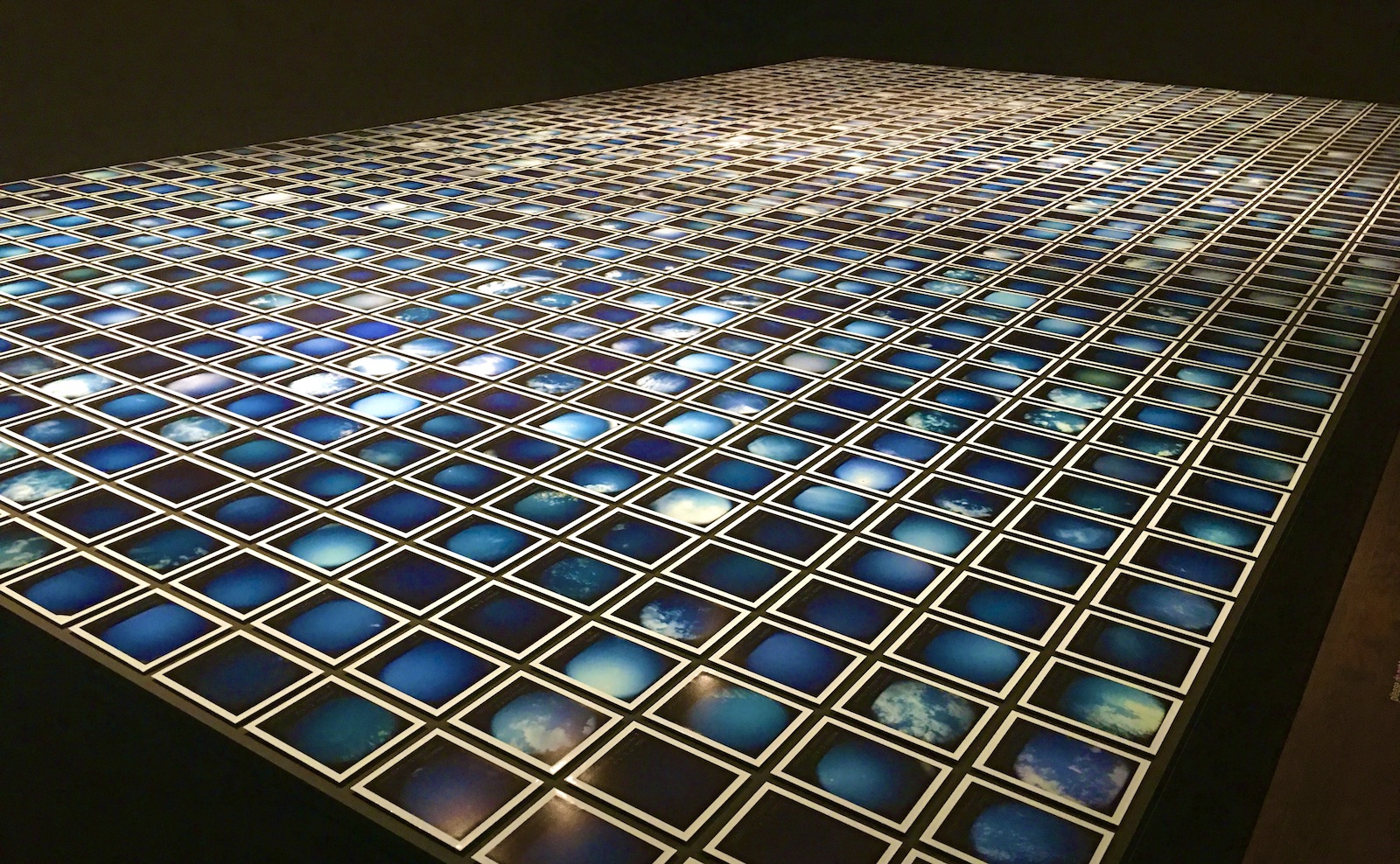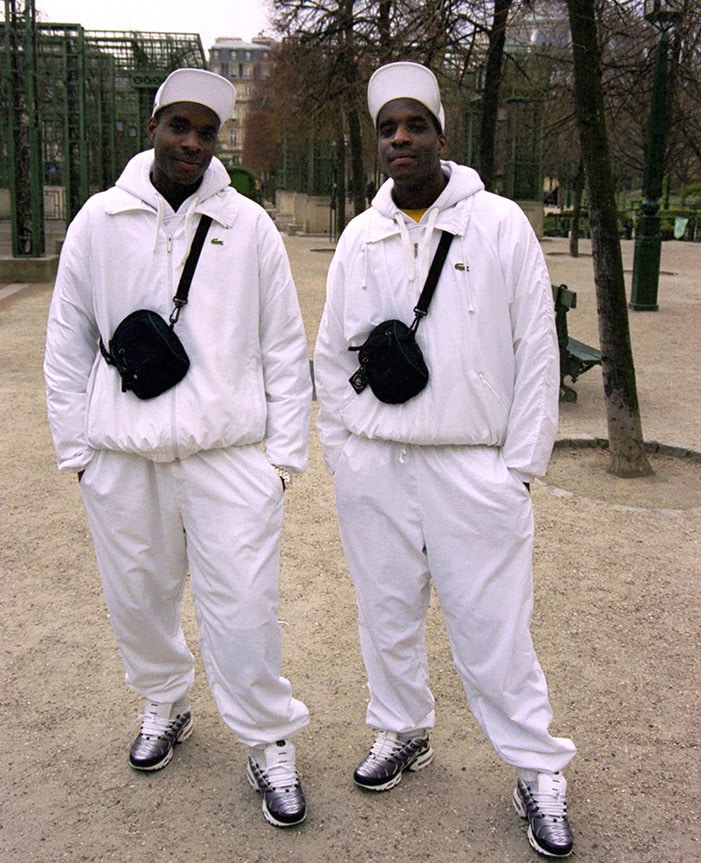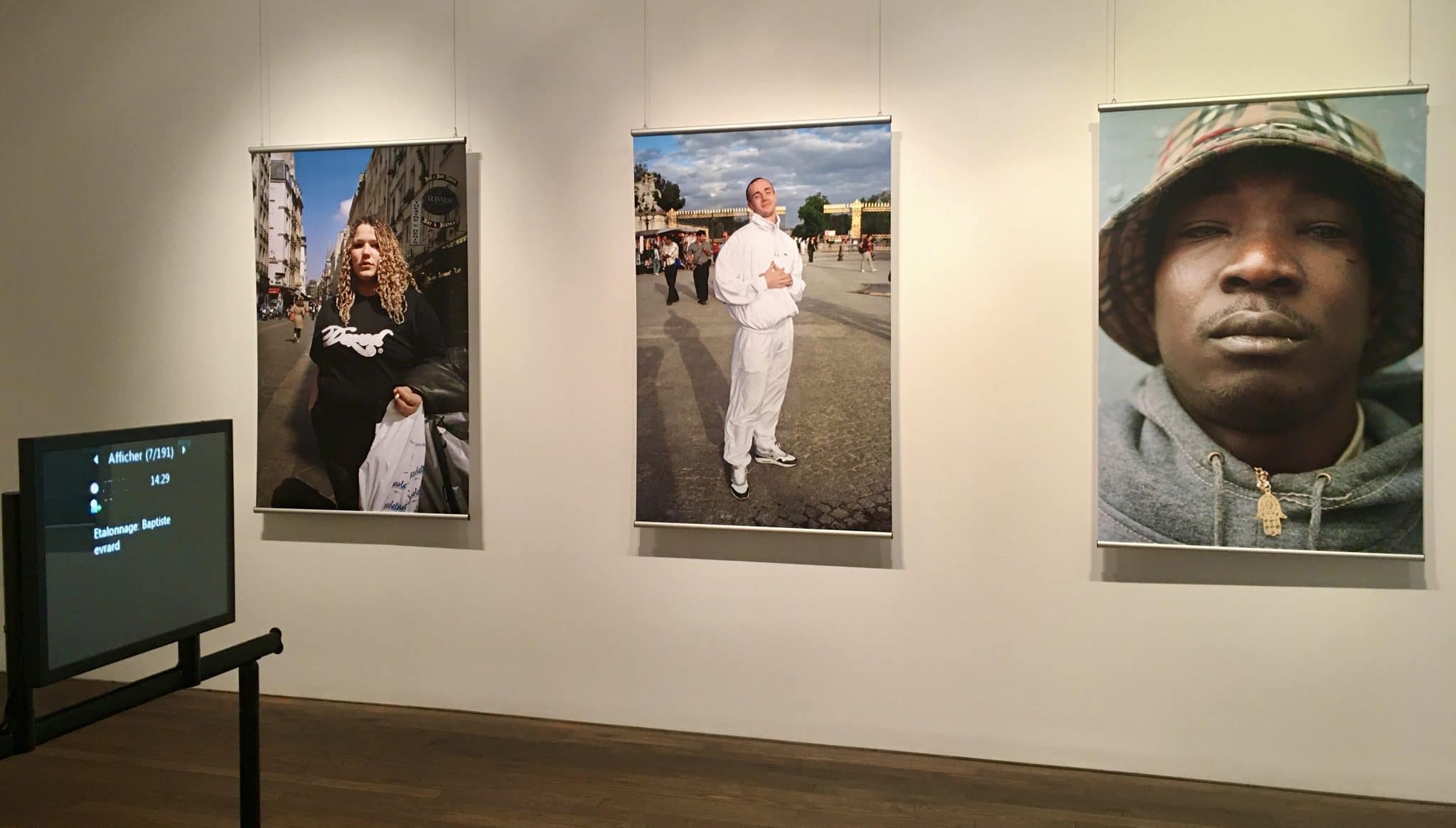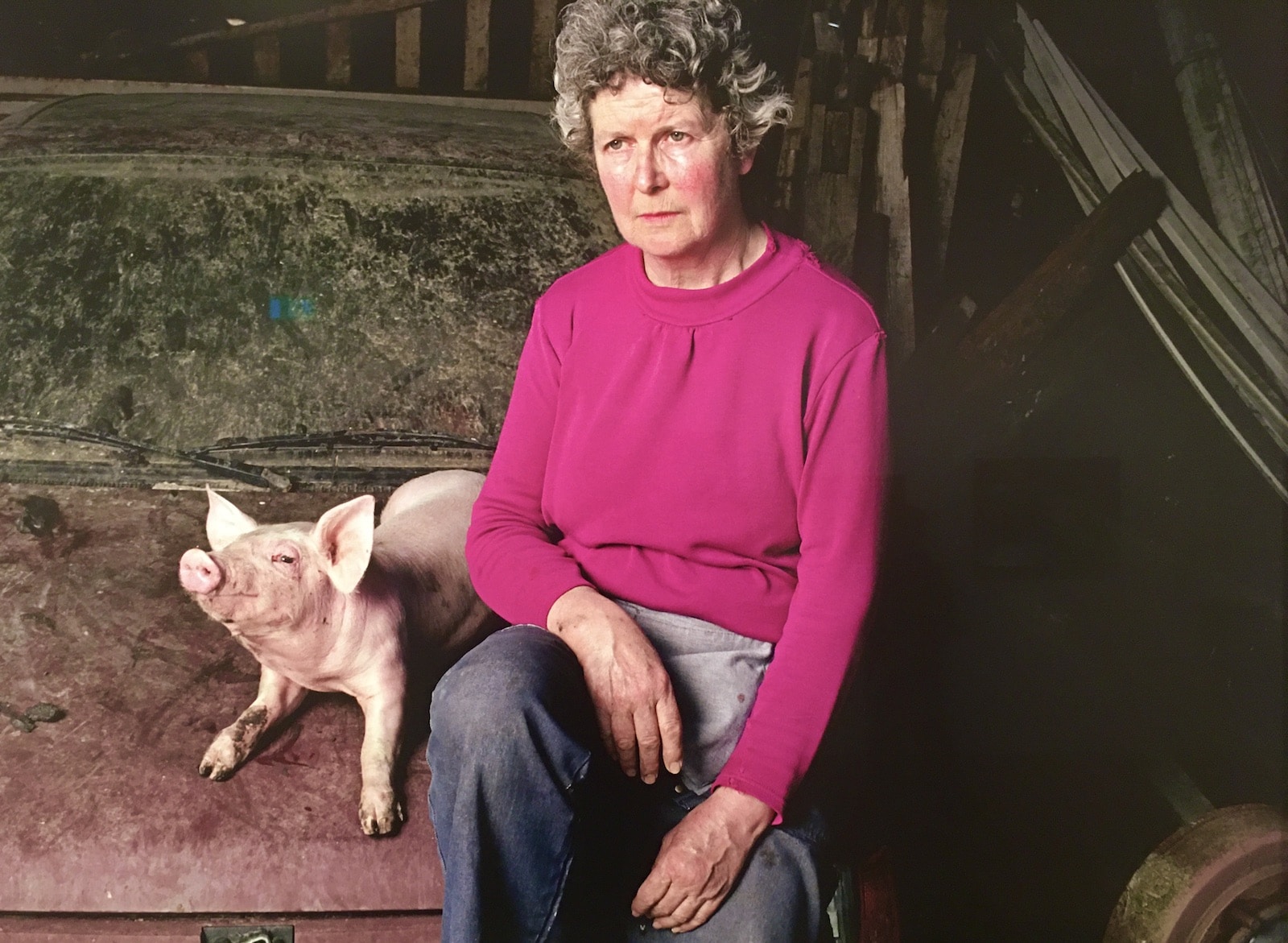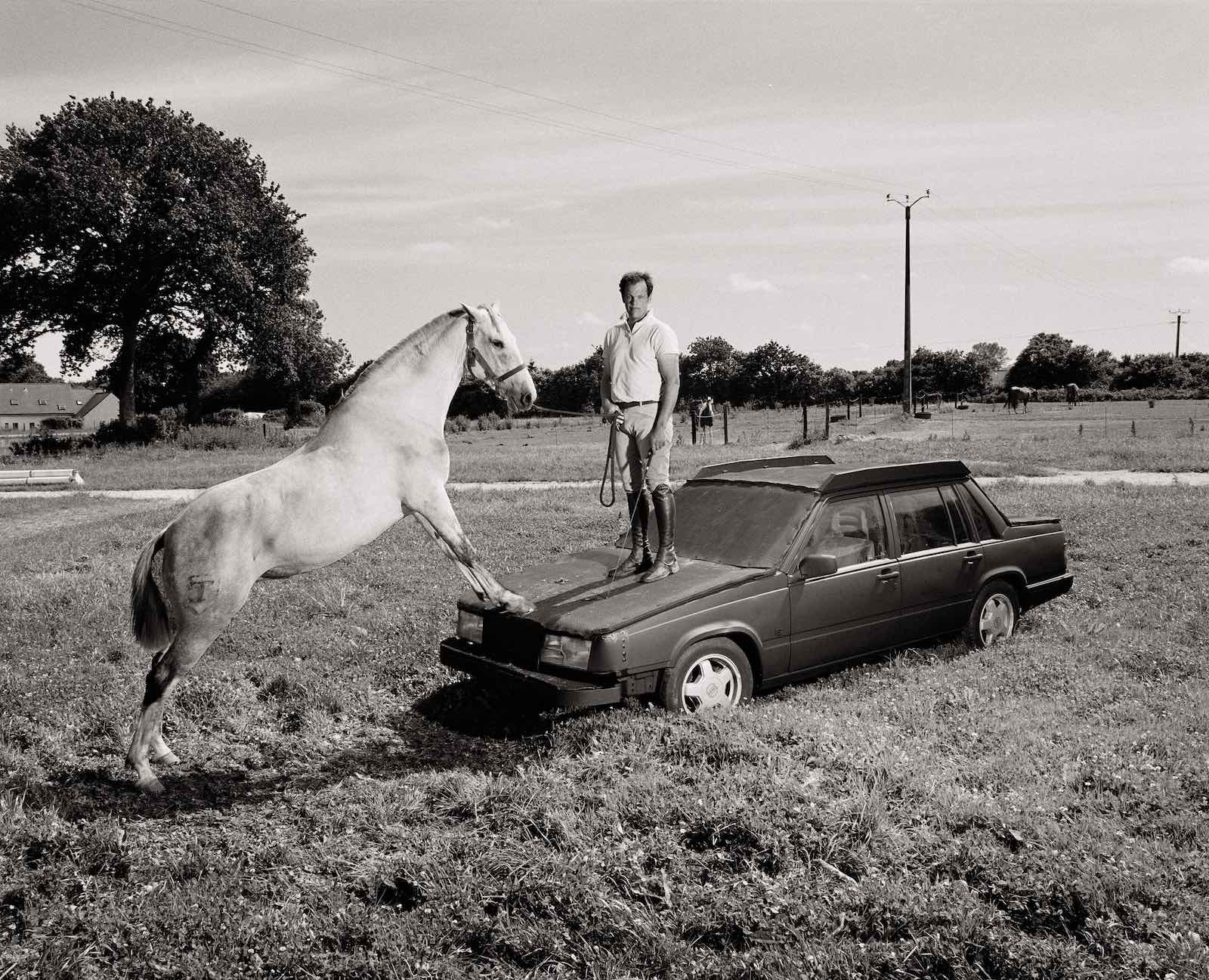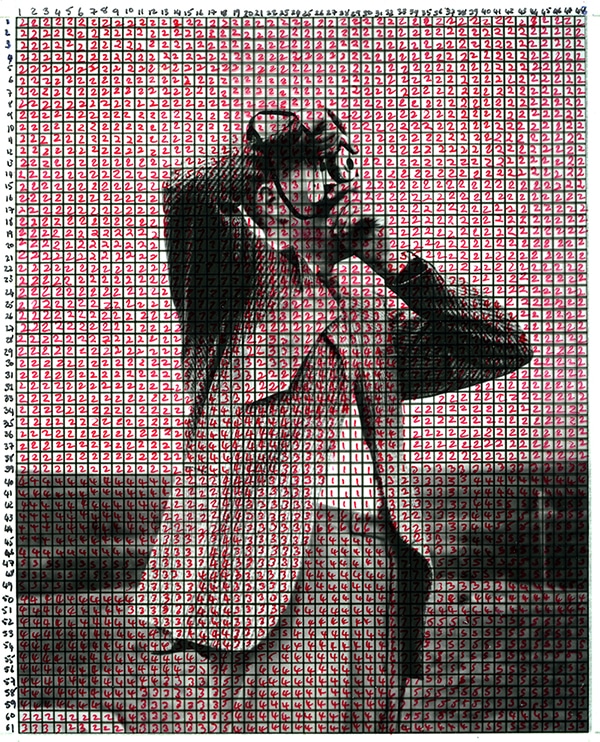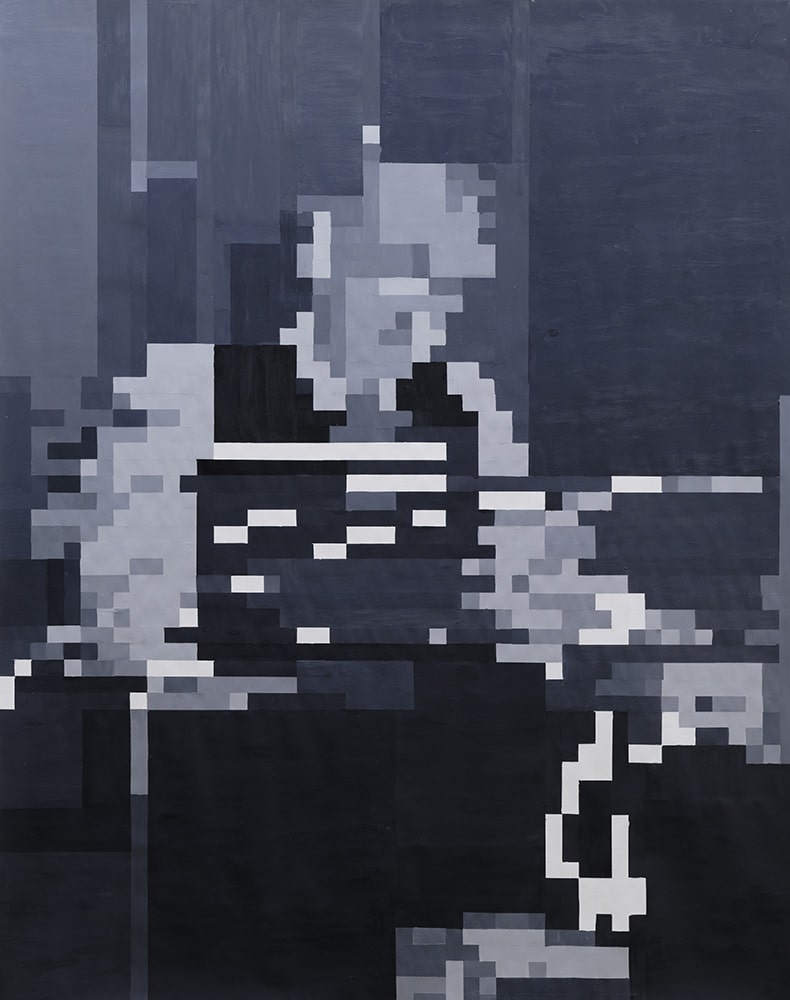The Deutsche Börse Photography Prize is an annual award, originated by The Photographers’ Gallery, to recognise and support the most innovative, original and relevant photography-based practice within a given year.
The first of this year’s The Deutsche Börse Photography Prize nominees that we encounter is Anton Kusters who is shortlisted for The Blue Skies Project, an installation containing 1078 polaroid images. All show an upward view of a blue sky shot at the last known location of every former Nazi run concentration or extermination camp across Europe during WWII.
Over a six-year period, Kusters meticulously researched these different and often forgotten sites of violence and photographed them with a simple camera. The images were stamped with the number of victims at that side.
Accompanying it is a 13 year-long generative audio piece by Ruben Samama, which recreates in sound and length, the period between 1933 and 1945 when the camps were operational.
Despite the immense amount of work and the doubtless sincerity of it the work, ultimately it carried perhaps just too many intellectual layers to sufficiently engage the viewer and is too swiftly passed-by as a fairly attractive installation of an illuminated blue grid.
Working across photography, video, painting and sculpture, activist-artist Mohamed Bourouissa makes work that probes socio-economic problems, looks at alienated youths and examines urban tensions.
The exhibition Free Trade comprises a survey of Bourouissa’s projects produced in the past 15 years, including Peripherique (2005-2008) which subverts the common stereotypes of youths living in the infamous banlieues of Paris; a series documenting the practice of cigarette smuggling at a Paris subway station, as well as a work that repurposes Polaroid photos of people caught stealing everyday items from a supermarket.
In The Photographers Gallery the work has been squeezed down for The Deutsche Börse Photography Prize from last summer’s sprawling and visceral iteration at Arles. It represents a shadow of its former self and suffers badly as a result and it is hard to engage with.
In 2016, on the day Britain voted to leave the European Union, Mark Neville began work on a project based in Guingcamp, Brittany and over a three-year period, he produced a layered portrait of a provincial agricultural region.
Exhibiting the work at the local football stadium, the farming community, became both the subject of, and the principal audience for his project. Blurring lines between the planned, constructed photograph, and spontaneous imagery, Neville produced photobooks of imagery which he circulated back to the community.
Significantly Neville also produced a book, Parade Text, which he distributed to, for example, political and agricultural institutions, schools, libraries and community centres urging protections for local sustainable farming.
Clare Strand was inspired by George H. Eckhardt’s publication Electronic Television (1936), which offered an early study of how we might transmit images via telegraphic communication. She adopted the methodology as a way of exploring the process of transmission and reception.
Strand in Paris, asked her husband in the UK, to choose images from her archive of found photographs and transmit them to her by telephone using an agreed number code applied to a uniform grid of squares.
We see here both the original images and the resulting recreation asking us to question how we receive and interpret visual information in the digital age.
This all seemed rather too close to what – the seemingly almost obsolete – fax machine actually does and what many in the 1980’s investigated. Artists, including David Hockney, Joseph Beuys, Andy Warhol looked at the problems, vagaries and methods of transmission of images along a phone line and Strand does not really bring anything new to the table.
For us a worthy winner of the 2020 The Deutsche Börse Photography Prize would be Mark Neville who has produced a meaningful, and clever project. It also, dare we say, also includes a number of the exhibitions most aesthetically pleasing images – an aim which can easily get forgotten in a world of complex sociological and political messaging.
The The Deutsche Börse Photography Prize exhibition is now extended until 19 September 2020, booking required.
For more information visit www.thephotographersgallery.org.uk
For our curated book recommendations for Photography as well as Art, Culture, Design and Architecture visit the CELLOPHANELAND* bookstore
To buy Mark Neville prints visit [FEUTEU]
The first exhibition of Mark Neville – Parade, since the Deitsce Borse Prize takes place at [FEUTEU] online gallery
To buy photographic editions and prints we recommend the specialist site [FEUTEU]





